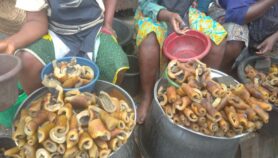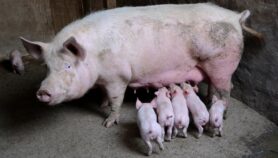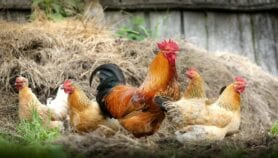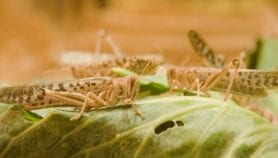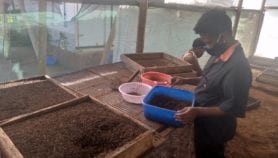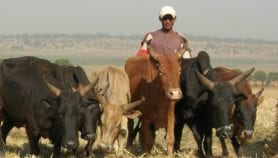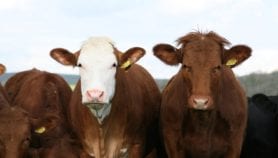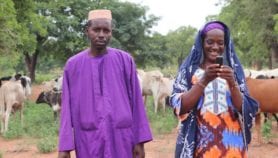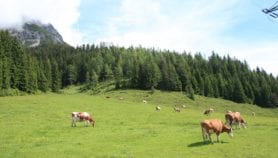Send to a friend
The details you provide on this page will not be used to send unsolicited email, and will not be sold to a 3rd party. See privacy policy.
South African water scientists have found that a species of blackfly that causes large-scale livestock loss could be eradicated by reducing river flow from dams during the pest’s larval stage.
"These creatures were never seen in large numbers in South Africa until inter-basin transfer schemes and dams were developed," says freshwater ecologist Nick Rivers-Moore from the Institute for Water Research at Rhodes University in Grahamstown, South Africa.
But dams may also be used as a tool against Simulium chutteri blackfly populations, Rivers-Moore, told SciDev.Net.
Rivers-Moore counted larvae in the Eastern Cape province’s Great Fish River at different times of the year and in different parts of the river — fast or slow flowing — to calculate the rate of river flow larvae thrive in.
The Great Fish River was once a seasonal river. But in the 1970s the South African government built a tunnel linking it and the nearby Sundays River to the stronger flowing Orange River to distribute water evenly to farmers. But it also led to the arrival of the blackfly.
Rivers-Moore found that there were more larvae in the faster-flowing parts of the river. He has now created a computer model of what would happen to larvae populations if the flow of the river was reduced around the time that blackfly larvae are present, and found that it would lead to their reduction.
”What we are recommending is that the water-flow in this river be reassessed and adapted to simulate natural conditions, such as a low water levels," says Rivers-Moore.
Blackfly has a significant negative impact on the Eastern Cape province’s economy, says Craig Morris from the Agricultural Research Council in Pietermaritzburg, KwaZulu-Natal.
The cost of stock loss due to insects biting sheep and cattle is estimated conservatively at 43 million rands a year (nearly US$6 million).
”I’ve seen cattle lie down and stop feeding, they’re so pestered and they’re losing so much blood from the fly’s anti-coagulants,” says co-author Ferdy de Moor, an entomologist with the Albany Science Museum in Grahamstown.
The paper on computer modelling of the river/blackfly scenario will soon be published in River Research and Applications.



